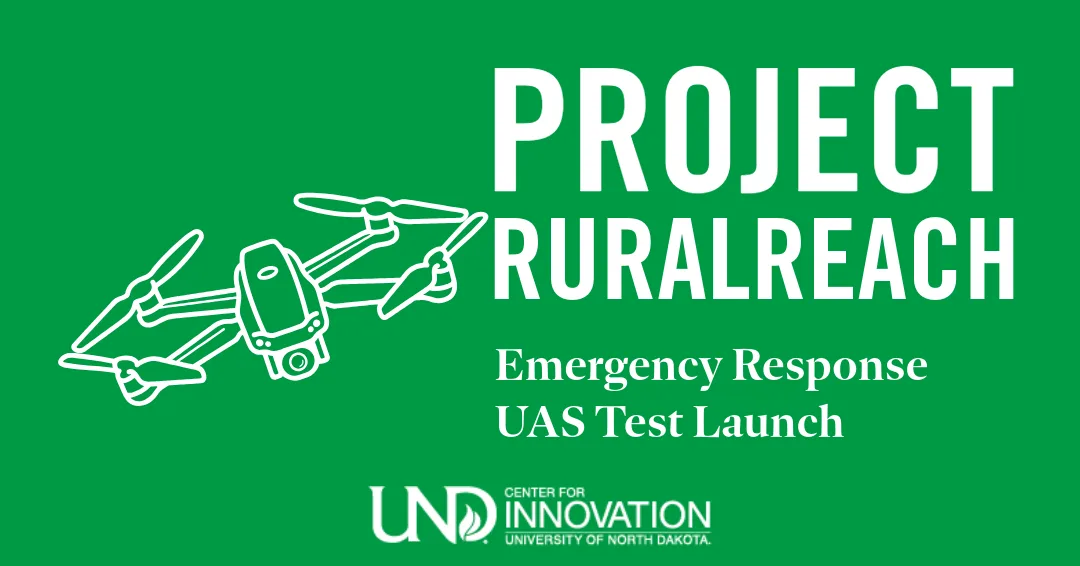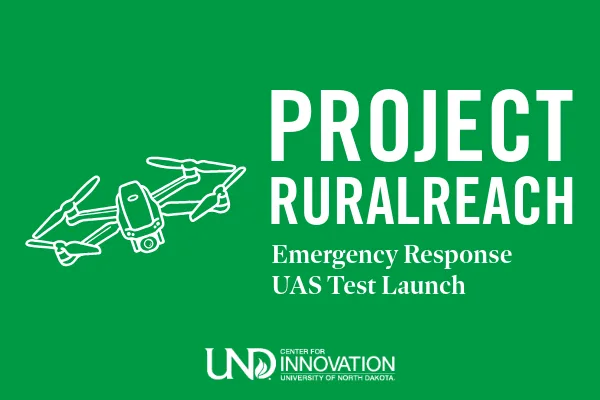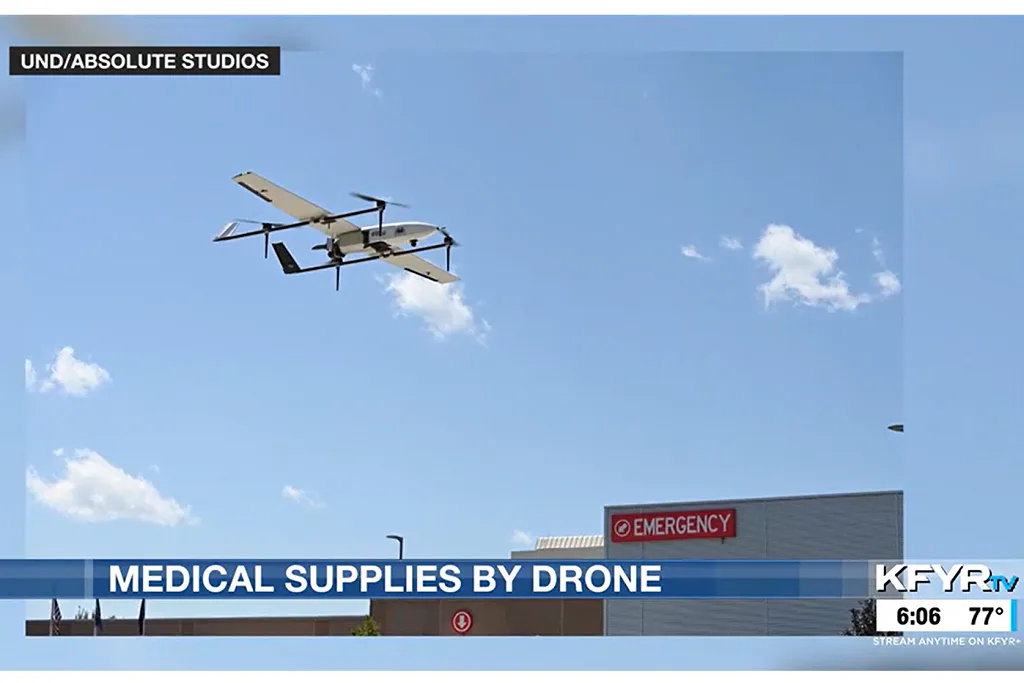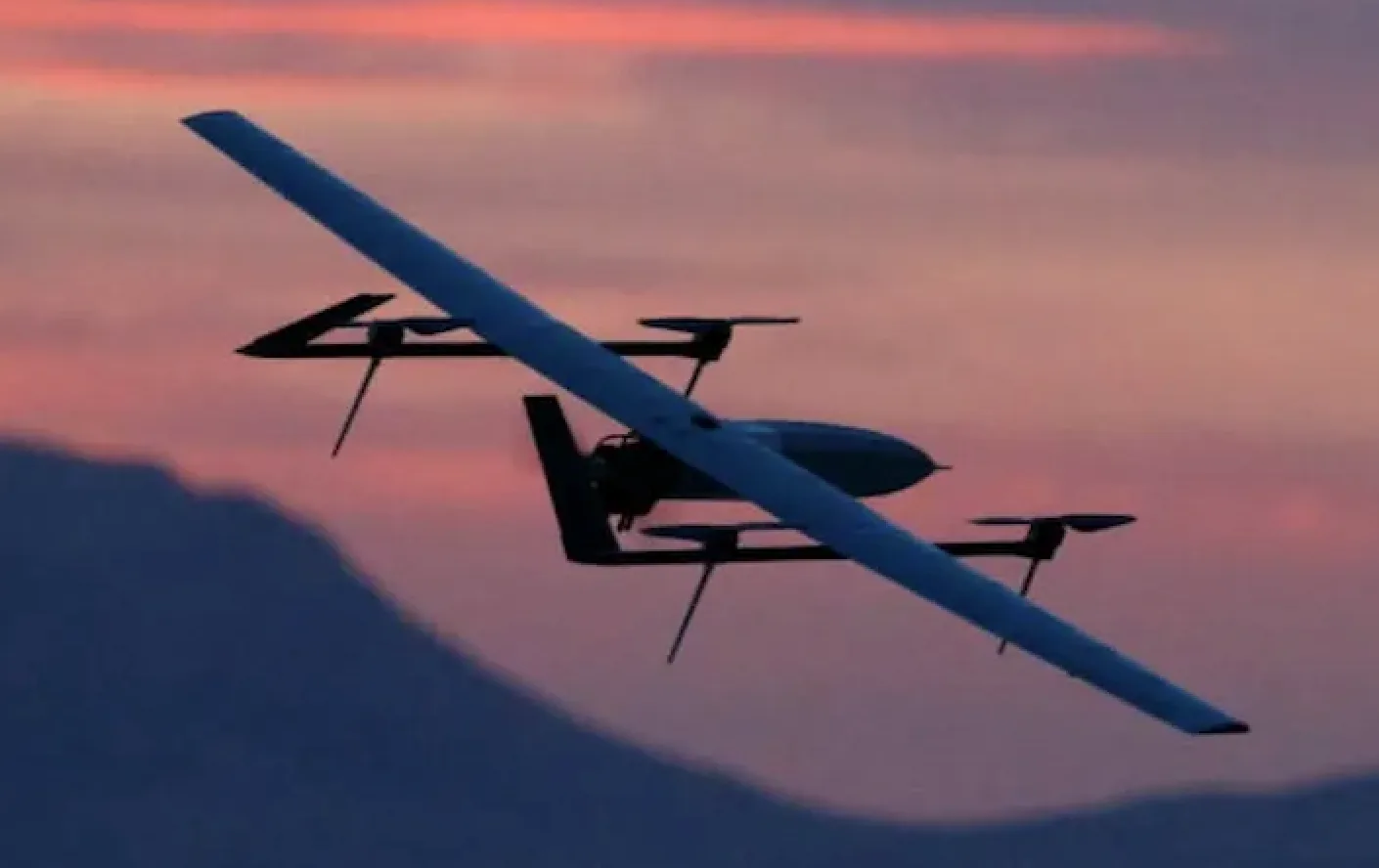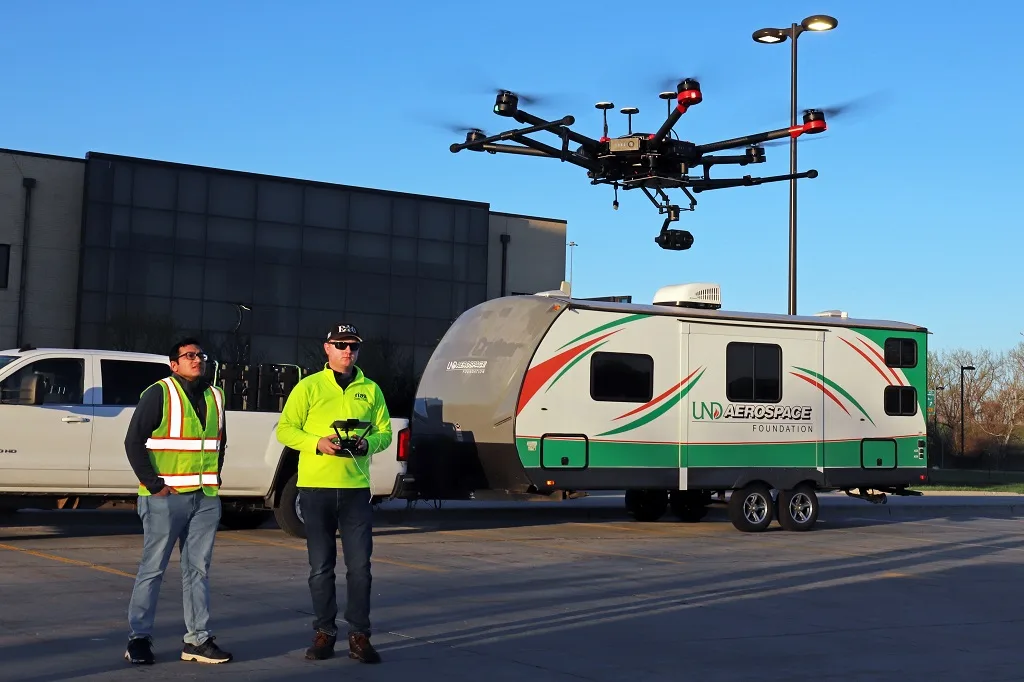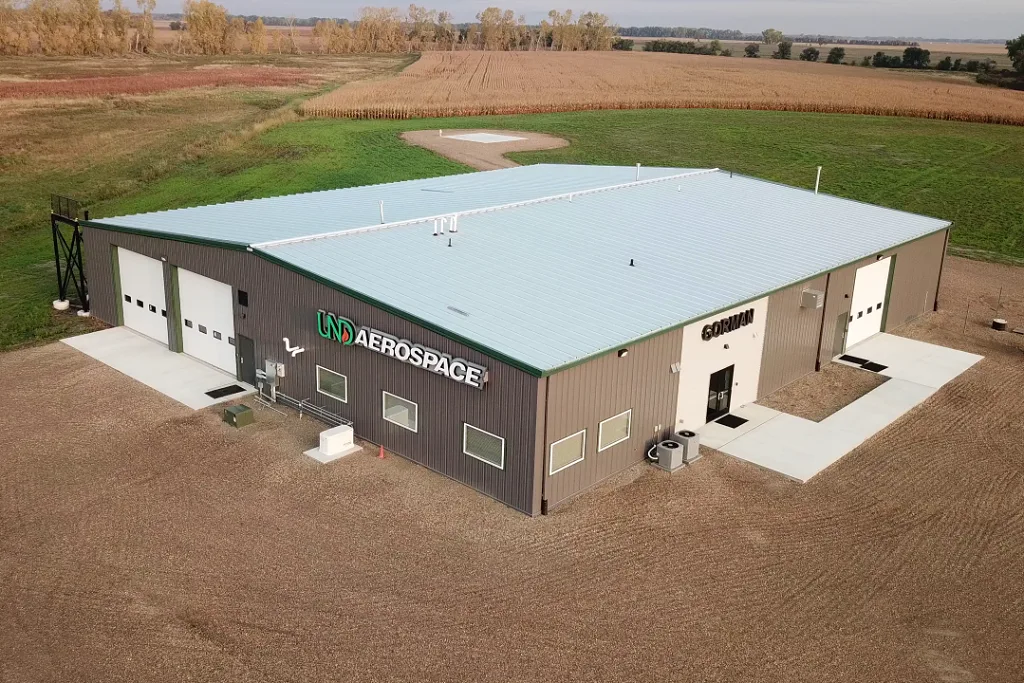
Censys Technologies to lead live UAS demonstration for Project RuralReach at UND’s Gorman Field UAS Test Range

The UND Aerospace UAS Test Range at Gorman Field in Emerado, N.D., is a facility designed to test and train new UAS technology. At the Range, the building pictured offers office, work and hanger space for UAV testing and development. Center for Innovation photo.
What:
Project RuralReach will launch a critical use case test with advanced unmanned aircraft systems (UAS), demonstrating the systems’ potential to enhance disaster response, situational awareness and resource mobilization in rural communities.
The live demonstration will feature multiple flight missions, including search and rescue, transmission line inspection, and data collection using RGB and LiDAR sensors, all operated by Censys Technologies. (RGB or Red, Green and Blue sensors are especially useful for creating high-resolution, color-accurate images from aerial perspectives. LiDAR or Light Detection and Ranging sensors generate precise, three-dimensional information that can be used to develop digital and highly detailed maps.)
Flights will take place over the English Coulee Diversion area, launching from the Gorman Field UAS Test Range.
When:
Wednesday, September 10, 2025
9 a.m. – 3 p.m. (weather permitting)
Where:
Gorman Field UAS Test Range
1209 24th St NE, Emerado, N.D. 58228
Flight Details:
- Multiple flight missions throughout the day:
- Launch #1: Search & Rescue Mission (9:15 a.m.)
- Launch #2: Transmission Line Flyover (~11:15 a.m., 30 minutes)
- Launch #3: Data Collection (RGB & LiDAR) (1:30 p.m.)
- Payload swaps and Q&A sessions after missions
- Demonstration of real-time situational awareness, data collection and resource mobilization in rural scenarios
Why It Matters:
This demonstration highlights the growing role of UAS technology in strengthening rural resilience and supporting emergency response. Project RuralReach showcases real-world drone applications that help first responders and communities respond more efficiently to emergencies, gather critical data and improve overall safety and connectivity in sparsely populated areas.
Visual Opportunities:
- Live drone launches and landings
- Payload swaps and real-time data demonstrations
- Interviews with flight operators and project stakeholders
- Behind-the-scenes look at UAS prep and operations
Image:
Gorman Field building, 1.4MB: The UND Aerospace UAS Test Range at Gorman Field in Emerado, N.D., is a facility designed to test and train new UAS technology. At the Range, the building pictured offers office, work and hanger space for UAV testing and development. Center for Innovation photo.
Media Contact:
Haylee Bjork, Marketing Outreach Coordinator
Organization: UND Center for Innovation
Email: haylee.bjork@und.edu
Phone: 701.777.3281

